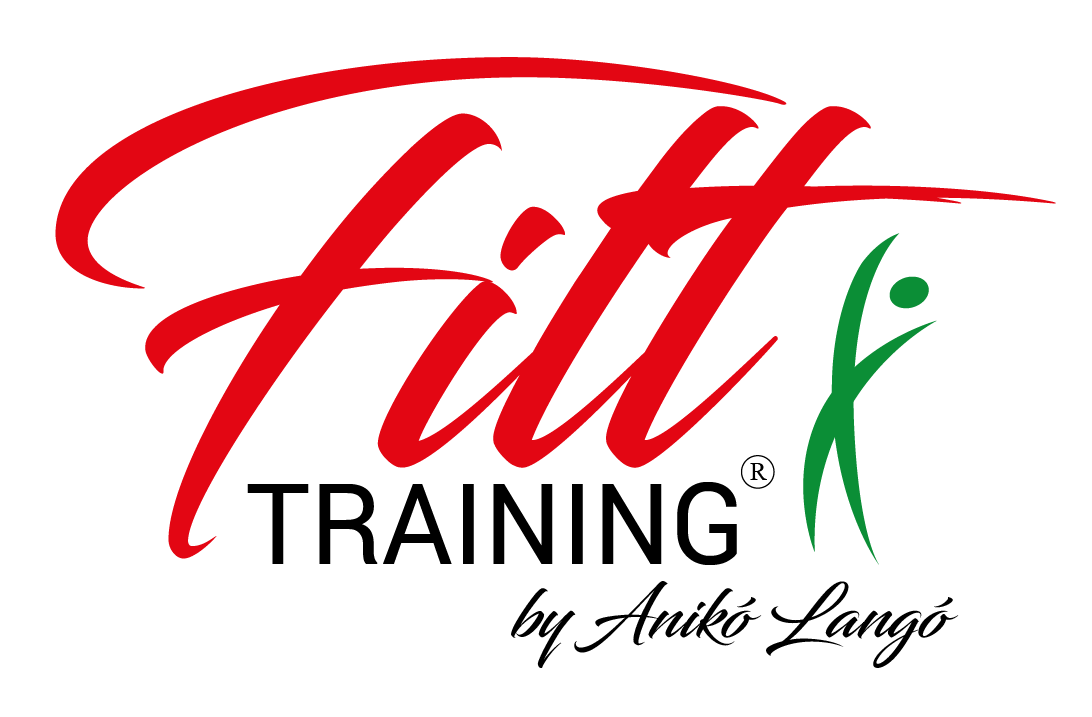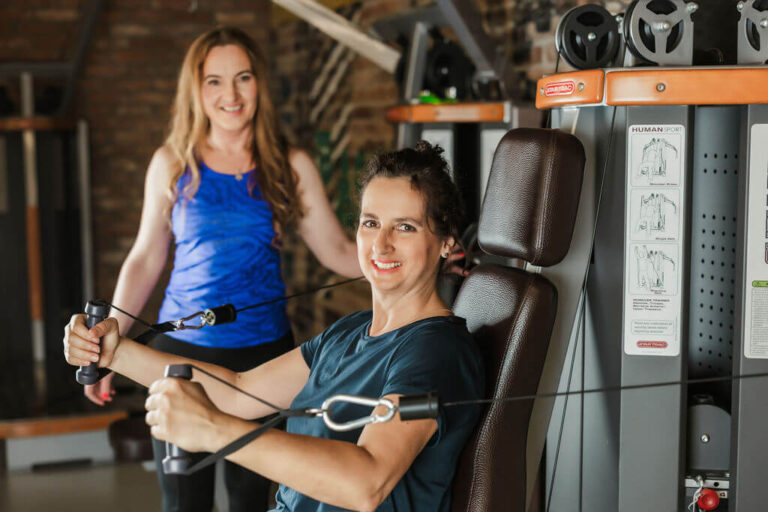If you’ve already made the decision to start exercising, let me stop here and say: well done.
Most people never get past the thought of “I should do something.” You packed your gym bag, you showed up, you moved. That’s a huge step forward, and you should be proud.
But here’s the truth: if you want to see real changes — especially after 40, and particularly if you’re dealing with type 2 diabetes, fatty liver disease (FLD), or musculoskeletal issues — it’s not enough to simply “move.” The quality of your training matters just as much as the fact that you’re doing it. This is where the idea of an adequate training stimulus comes in.
Muscles Don’t Grow on Their Own
Your body adapts only when it has a reason to.
In training, that “reason” is the stimulus — the right amount of challenge that forces the muscles to grow stronger and your system to become more efficient. Without it, your body stays comfortable, and comfortable means no progress.
That doesn’t mean you should collapse in exhaustion after every session. Far from it. An adequate training stimulus means that by the end of your set, you feel tired but can still perform the movement correctly. The final rep should feel challenging, but not sloppy. That mild discomfort — what I like to call developmental pain — is not something to fear. Over time, your body gets used to it, and it becomes the sign that you’re developing.
Safe and Effective – Especially With Chronic Illness
For people training with chronic illness — whether it’s managing type 2 diabetes, using exercise therapy for fatty liver disease, or improving symptoms of metabolic syndrome — safety is non-negotiable.
A good trainer will personalize your workout to make sure you’re getting enough stimulus without risking injury or overload. Sometimes you won’t even feel sore afterwards, and that’s fine. The goal isn’t punishment; it’s progress through controlled, conscious effort.
This is where hybrid therapy comes in: combining medication with structured, safe exercise. Done right, it not only improves your well-being but, over time, can even contribute to reducing medication needs through lifestyle change.
Don’t Forget Regeneration
One of the most common mistakes? Believing that more is always better. It’s not.
Muscles don’t grow during training — they grow afterwards. That’s why rest, sleep, and proper nutrition are just as important as the workout itself. Your body isn’t a machine. It’s a living system that needs balance. Training every day at maximum intensity doesn’t make you stronger — it makes you exhausted. The real progress happens when you combine the right load with the right recovery.
What Recreational Sports Can Do for You
If you stick with it, and apply the right stimulus, recreational sports can:
- Improve your metabolism
- Reduce symptoms of insulin resistance
- Support better liver function (yes, fatty liver can improve with exercise)
- Increase stamina and daily energy
- Boost your overall well-being
And maybe most importantly: they help you build a lifestyle that feels healthy and sustainable, long after 40.
You’re not alone in this. More and more people are starting now — people with chronic illness, people with musculoskeletal complaints, people who simply want to feel better in their skin. Fitt Training® was built for them. And for you.
Because your body can do it — as long as it gets the right signals.
If you want to know what the ideal load looks like for you, request a personalized Fitt Training® consultation, or follow along here for practical advice.
Every movement counts. But only the ones you do right will truly build you up.
Do you want me to show you the right movements? Then contact me! 🙂




